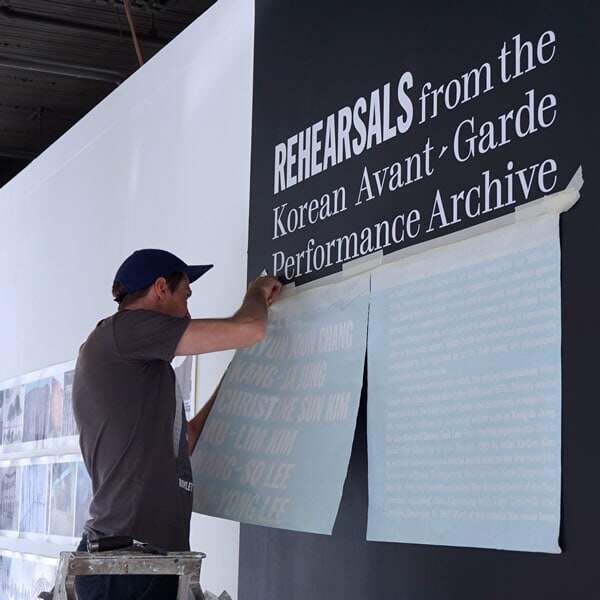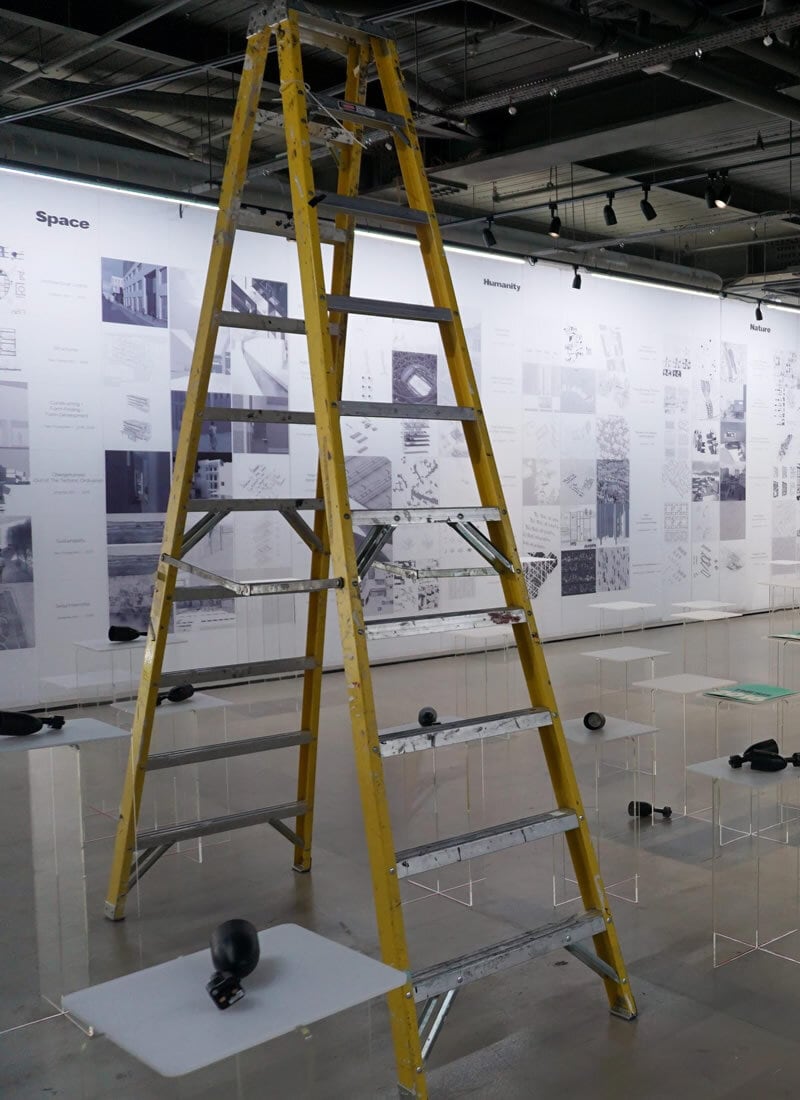Part 6
Appointing Contractors to Deliver the Best Exhibition Design Vision
The delivery and installation of the display are two of the most crucial parts of the process. It is essential to select knowledgeable and professional contractors to assist in bringing the exhibition vision to a world-class level.
A wonderful exhibition design project without attention to detail throughout these stages results in the outcome not living up to its potential and having a detrimental effect on everyone’s reputation.
It is advisable to work with contractors you have previously worked with, even if they are more expensive. This way, you know you can rely on their assistance to deliver or address issues as they arise and provide educated insight into viable alternative options. If the contractors can be sourced locally for the project, it is considerably better for the earth with lower CO2 emissions. It will also provide the project with more resources available, allowing them to act much faster and more efficiently.
For example, installation teams do not waste time travelling back and forth to their premises or workshops for equipment required at short notice.
This is not always practicable with travelling exhibitions or in developing countries where specialised skills are necessary. This can also happen if the local contractor’s quotations are too excessive for the budget. However, I will add that, in most cases, these contractors should be less expensive because they do not have to factor in travel and accommodation costs. Nonetheless, I would still consider a higher figure when evaluating the project tenders for contractors that I have used previously or who are local to the project for the reasons I already mentioned.
Following this, we begin the selection process by distributing detailed tender packages to several contractors. Before submitting their bids, these specialists are invited to comprehensive discussions to understand the project and the desired quality. So, whether it’s museum showcases, graphics, wall finishes, lighting, virtual reality, or mobile apps, everyone knows exactly what needs to be supplied in the best possible quality!
Once all the tenders are returned, generally, from three main contractors or individual specialists for each task, we digest and collate this information, looking for the best exhibition design value solution, not just the most affordable price. This can be done with or without the client.
At this stage, the preferred contractors would be placed in a draft order of preference; however, following interviews and visits to these companies, this order might change.

Some things to consider at this stage when considering contractors:
After you’ve completed your due diligence, it’s time to collaborate with the chosen contractors, or “A-Team,” to complete the project. On large-scale exhibit design projects, a general contractor and subcontractors are working under their supervision. Most small-to-medium-sized exhibitions are usually made up of numerous specialists who report to us as exhibition designers or project managers.

Read the entire art collection series
That first piece of art, like a first love, will be kept in their collection. It is a pity that these extraordinary collections of man’s humanity are only viewed by a select few.
We’re curious about the adventures travelled by both the collectors and the stories they tell. Naturally, there are many more questions to be asked, but to begin, here are our five most critical, interconnected ones.
When the designer fully understands the space, they can convey a far more successful conceptual design stage. This methodology also allows for a close inspection of details and potential hidden issues.
Part 4 – The Design Development Stage
At this point, we transfer all of the collected information from the conceptual designs. This process allows us to produce layout plans for each location and the exhibit database.
Part 5 – The Detailed Design Stage
All components of the conceptual exhibit design must be produced in great depth and detail.

